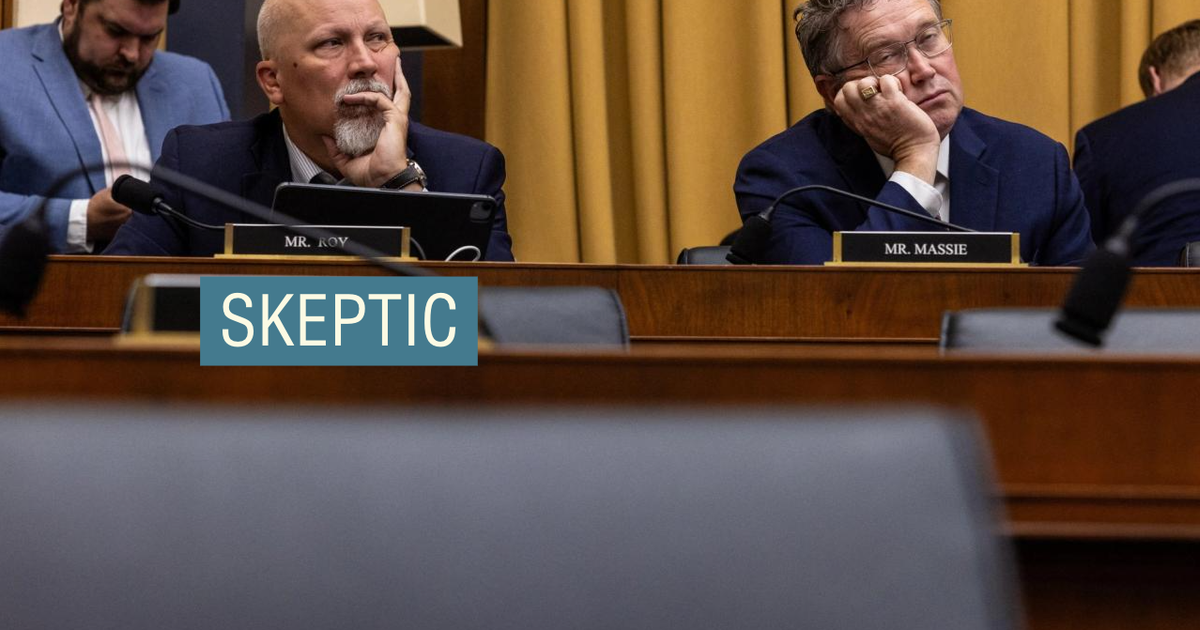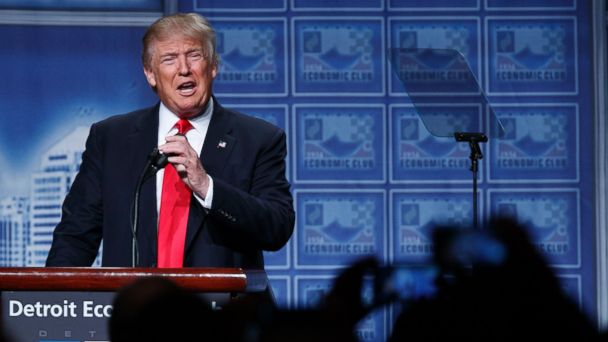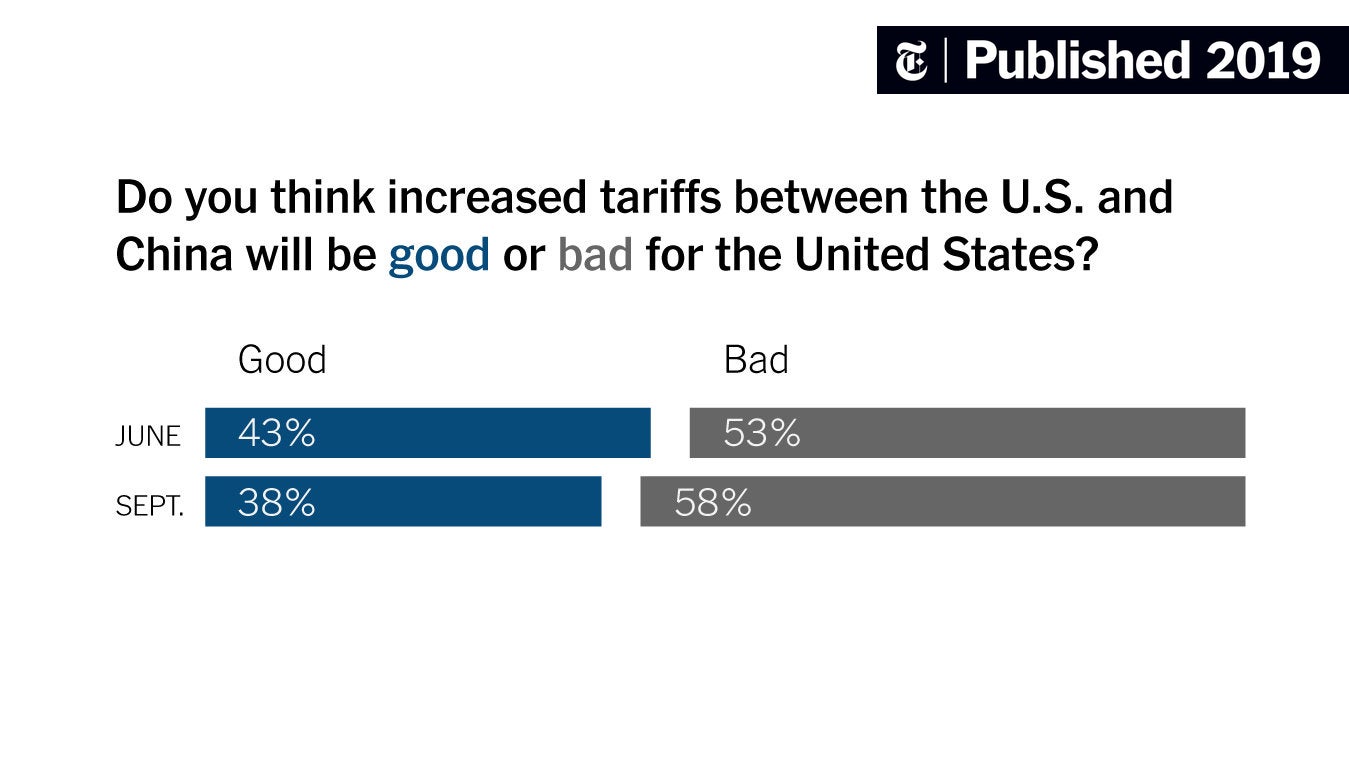Trump's Economic Legacy: A Cost-Benefit Analysis

Table of Contents
Tax Cuts and Their Impact
The Tax Cuts and Jobs Act of 2017, a cornerstone of Trump's economic platform, significantly lowered corporate and individual income tax rates.
Stimulative Effects of the Tax Cuts and Jobs Act
Proponents argued that these tax cuts would stimulate economic growth through increased investment and consumer spending, aligning with the principles of trickle-down economics. Indeed, GDP growth was relatively robust in the immediate aftermath of the tax cuts. However, attributing this growth solely to the tax cuts is complex, as other factors, such as already-existing economic momentum, played a role.
- Increased corporate profits: Many companies saw increased profits, which some interpreted as evidence of the tax cuts' success.
- Higher stock market valuations: The stock market experienced a period of significant growth during this time.
- Potential job creation: While job growth continued, definitively linking it directly to the tax cuts is difficult due to other contributing factors.
Criticisms and Concerns Regarding the Tax Cuts
Critics, however, pointed to the significant increase in the national debt as a major drawback. The tax cuts dramatically reduced government revenue, contributing to a widening budget deficit. Furthermore, concerns arose regarding the distributional effects, with the benefits disproportionately accruing to higher-income individuals and corporations. Sustained wage growth for many workers failed to materialize, fueling arguments that the tax cuts did not effectively benefit the majority of Americans.
- Rising national debt: The national debt ballooned significantly during the Trump administration.
- Increased budget deficits: The government ran substantial budget deficits throughout most of Trump's presidency.
- Benefits disproportionately favoring the wealthy: The tax cuts were criticized for exacerbating income inequality.
Deregulation and its Effects
Trump's administration pursued a significant deregulation agenda across various sectors.
Positive Impacts of Deregulation
Supporters argued that deregulation led to increased business efficiency, reduced costs, and spurred job creation in affected industries. They pointed to examples of streamlined regulatory processes and reduced compliance burdens for businesses.
- Reduced compliance costs for businesses: Businesses saved money on compliance-related expenses.
- Increased competition in certain markets: Deregulation could lead to more competition, benefiting consumers.
- Potential for innovation: Reduced regulatory burdens can potentially foster innovation.
Negative Consequences of Deregulation
Conversely, critics raised concerns about the environmental and social consequences of weakened regulations. Rollbacks of environmental protections sparked fears of increased pollution and damage to natural resources. Furthermore, concerns surfaced regarding diminished consumer safety and worker protections.
- Increased environmental pollution: Relaxed environmental standards raised concerns about pollution levels.
- Weakened consumer protections: Reduced regulations potentially put consumers at greater risk.
- Potential for market instability: Deregulation could create vulnerabilities in certain markets.
Trade Policies and Their Economic Ramifications
Trump's trade policies, characterized by protectionist measures like tariffs and trade wars, significantly impacted the global and domestic economy.
Impact of Trade Wars and Tariffs
The trade war with China, in particular, resulted in increased prices for imported goods, retaliatory tariffs from other countries, and disruptions to global supply chains. Specific industries, such as agriculture and manufacturing, faced considerable challenges.
- Increased prices for imported goods: Tariffs led to higher prices for consumers.
- Retaliatory tariffs from other countries: Other nations imposed tariffs on US goods in response.
- Disruptions to supply chains: Trade disputes created complexities in global supply chains.
Arguments for Protectionist Trade Policies
Supporters argued that these protectionist measures were necessary to protect domestic industries and jobs, promote reshoring of manufacturing, and strengthen national security. The goal was to bolster American manufacturing and create jobs.
- Protection of domestic jobs: Tariffs aimed to safeguard American jobs from foreign competition.
- Reshoring of manufacturing: The policies sought to bring manufacturing back to the US.
- Strengthening national security: Protectionist measures were sometimes framed as essential for national security.
Conclusion
Analyzing Trump's economic legacy reveals a complex picture with both positive and negative aspects. The tax cuts stimulated short-term growth, but at the cost of a significantly increased national debt. Deregulation aimed to boost efficiency but raised concerns about environmental and social consequences. Trade policies sought to protect domestic industries but disrupted global supply chains and led to retaliatory measures. The long-term effects of these policies remain a subject of ongoing debate and require further study. To understand the complete picture of Trump's economic policies and their lasting impact, further research is vital. Explore reputable economic sources and data to form your own informed opinion on Trump's economic legacy and its implications for the future.

Featured Posts
-
 Who Will Pay For Trumps Economic Policies
Apr 22, 2025
Who Will Pay For Trumps Economic Policies
Apr 22, 2025 -
 Higher Bids Higher Risks Stock Investors Facing Market Pain
Apr 22, 2025
Higher Bids Higher Risks Stock Investors Facing Market Pain
Apr 22, 2025 -
 Analyzing The Impact Of Trumps Trade Strategies On Americas Financial Dominance
Apr 22, 2025
Analyzing The Impact Of Trumps Trade Strategies On Americas Financial Dominance
Apr 22, 2025 -
 Is A Google Breakup Inevitable Analyzing The Risks And Repercussions
Apr 22, 2025
Is A Google Breakup Inevitable Analyzing The Risks And Repercussions
Apr 22, 2025 -
 Razer Blade 16 2025 Review Is The High Price Worth The Ultra Performance
Apr 22, 2025
Razer Blade 16 2025 Review Is The High Price Worth The Ultra Performance
Apr 22, 2025
